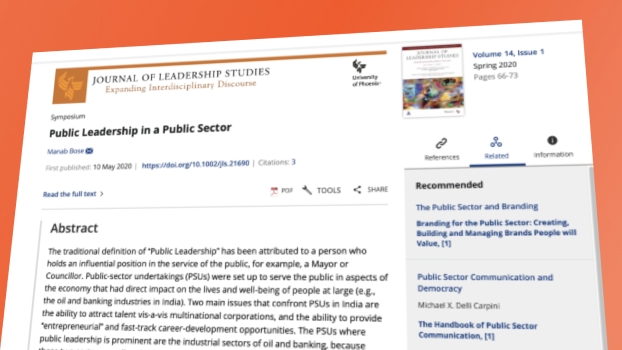ABOUT
Your Path to Psychoanalytic Healing.”
ABOUT US
Your Path to Psychoanalytic Healing.”
Building on 40+ years of practice in experiential, Gestalt, and psychoanalytic psychotherapy, Sukrut’s interventions are in six specific areas:

Psychotherapy to stressed individuals

Education and Research promoting psychoanalytical thinking and reflections

Internship for the training of psychoanalytic psychotherapists

Training in Personal and Professional Development – The Inward Change
Conference (ICC) and Group Relations (GR)

Consulting to industry and Government on Leadership and Organization Psychodynamics

Publication of Citta, a journal promoting psychoanalytic reflections
Internal Dialogues: The interventions are psychoanalytic. In terms of specific dialogue structures, the work with the parts, modes, or selves will usually take one of these three forms:
- The parts co-exist which means that the individual speaks from two different internal parts but the parts do not dialogue with each other, or
- The parts engage with each other directly – which is usually a form of cognitive restructuring or polarity rebalancing, or
- One part witnesses the others within a third framework.
- Resolve inner conflict / tensions and make proactive decisions,
- Heal from loss,
- Engage the inner critic / challenge self-hatred, and
- Develop the courage to test untested assumptions and fears.
Sukrut’s approach is embedded in India’s civilizational heritage of relatedness in the family, the community, the nation. Consequently, psychotherapists apply a model of analysis that deploys a simple 3-D lens – surfacing unconscious introjections and transferences from experiences of deprivation, denial, discrimination in infancy and early childhood. The theoretical foundations are informed by Indian psychoanalytic thought as well as the fundamentals of counter-transferences and projective identification espoused by Freud / Klein / Jung. The prevailing model of mind in Europe in the mid-20 th . Century held that cure came through a relationship that frustrated the patient, fostering anxiety necessary for the patient to accept the analyst’s presentation of difficult truths. The Western psychotherapist continues to display the dark complexity of the postwar intellectual therapist who presents himself as a blank slate, maintaining distance with patients in individual therapy, extending this paradigm to group processes.
Beginning with the self, Sukrut facilitates owning the disowned / making the invisible, visible / acting the withheld.
Despite its helping millions of individual patients and impacting twentieth-century culture, many people still regard psychoanalysis as the domain of gray-bearded, pipe- smoking physicians seated behind patients lying prone on red-felt, Victorian-era couches. These images need an edit, an update. Like Girindrasekhar Bose, Sukrut psychotherapists offer a revision and often meet individuals in peaceful surroundings, free of the confines of a couch and the sixty-minute commercial time trap.
